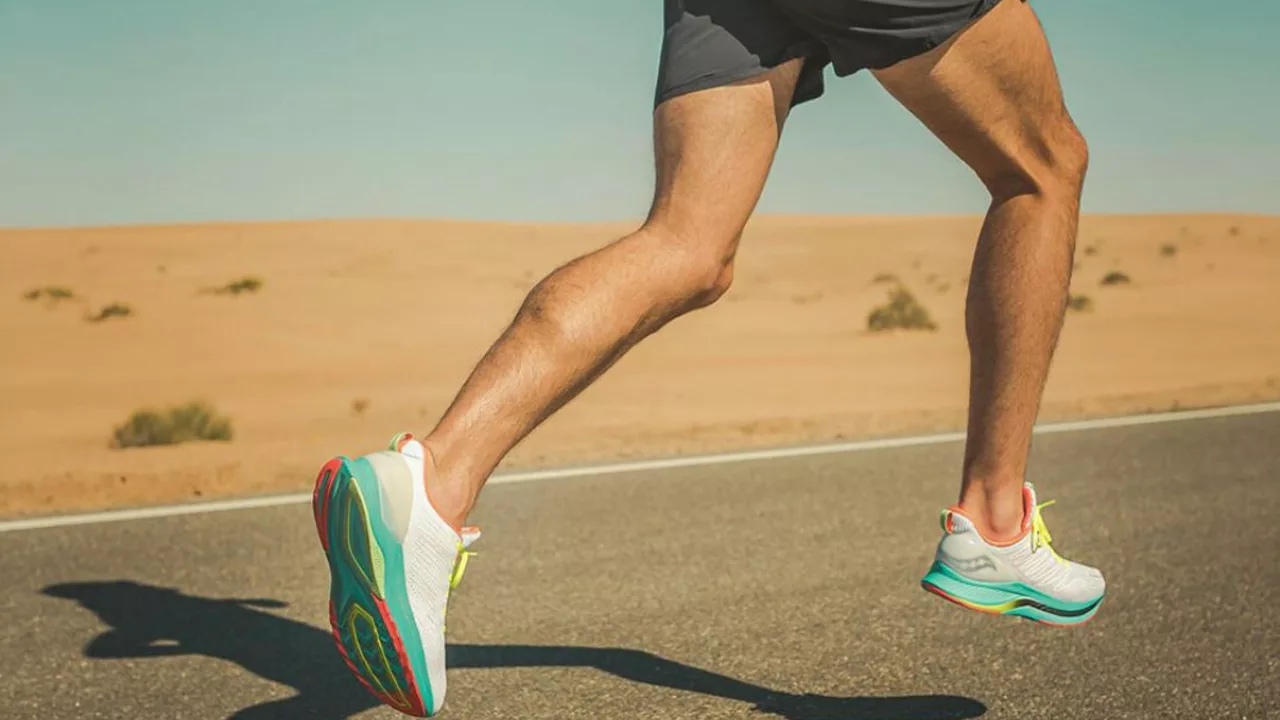Cleats: How to Choose the Perfect Football Shoes
Ever wondered why some players seem to glide across the pitch while others struggle with sore feet? The secret is often the right pair of cleats. A good pair gives you grip, balance, and comfort, so you can focus on the game instead of blisters. Let’s break down what you need to know before you click ‘add to cart’.
Fit and Comfort Matter
The first thing to check is fit. Your cleats should hug your foot like a glove but not squeeze the toes. Slip your foot in, lace up, and try a quick jog. If you feel pressure points or your heel lifts, try a half size smaller or a different brand’s shape. Remember, different brands use different lasts, so a size 10 in one brand might feel like a 9.5 in another.
Comfort also comes from the material. Leather molds to your foot over time, giving a custom feel, while synthetic uppers stay light and dry. If you play on wet fields a lot, go for waterproof leather or a synthetic with a moisture-wicking lining. The right material reduces hot spots and keeps your feet stable during sudden cuts.
Stud Types for Different Surfaces
Not all fields are created equal, and the studs on your cleats need to match the surface. Firm ground (FG) studs are the all‑rounders – they work on dry grass and are the most common choice for league matches. If you often play on soft, muddy pitches, consider soft ground (SG) studs with longer, removable blades that dig deeper without tearing the turf.
For artificial turf, look for turf (TF) shoes with many small rubber studs or a flat, multi‑directional pattern. These give you traction without the risk of tearing up the synthetic surface. Indoor courts need a completely flat sole, often called “indoor” or “court” shoes, so you don’t damage the floor.
Choosing the right stud type isn’t just about performance; it’s about safety. The wrong studs can cause slips or ankle twists, ending your game early. When in doubt, check the field’s recommended cleat style – most stadiums post it on the gate.
Beyond fit and studs, think about the weight and ankle support. Lighter cleats let you sprint faster, but if you have a history of ankle rolls, a low‑cut shoe with extra ankle padding might be worth the extra gram. Many modern designs blend lightweight frames with built-in support, so you don’t have to sacrifice one for the other.
Brand loyalty can help, but it shouldn’t lock you in. Nike, Adidas, Puma, and New Balance each release a new line every season. Look for reviews that mention durability – a cheap pair might save you money upfront but wear out after a few games, costing more in the long run.
Finally, take care of your cleats. Clean off mud after each match, let them air dry, and store them in a cool place. Replace worn studs before they become a safety hazard. A little maintenance extends the life of your shoes and keeps your performance consistent.
Choosing the right cleats is a mix of feel, surface, and personal preference. Try a few pairs, test them on the actual field you play on, and listen to how your feet respond. When the fit is right, the studs match the turf, and the shoe feels light, you’ll notice the difference immediately – more confidence, fewer injuries, and better play.
